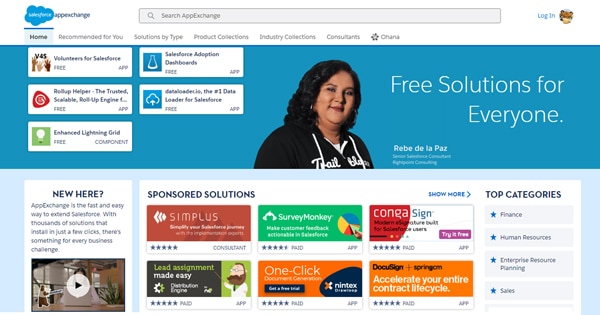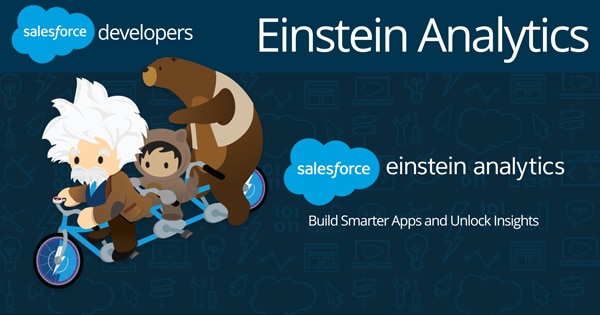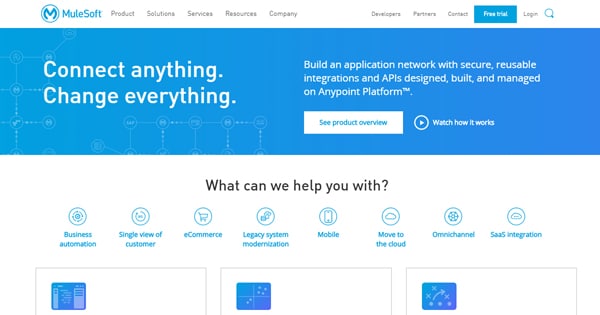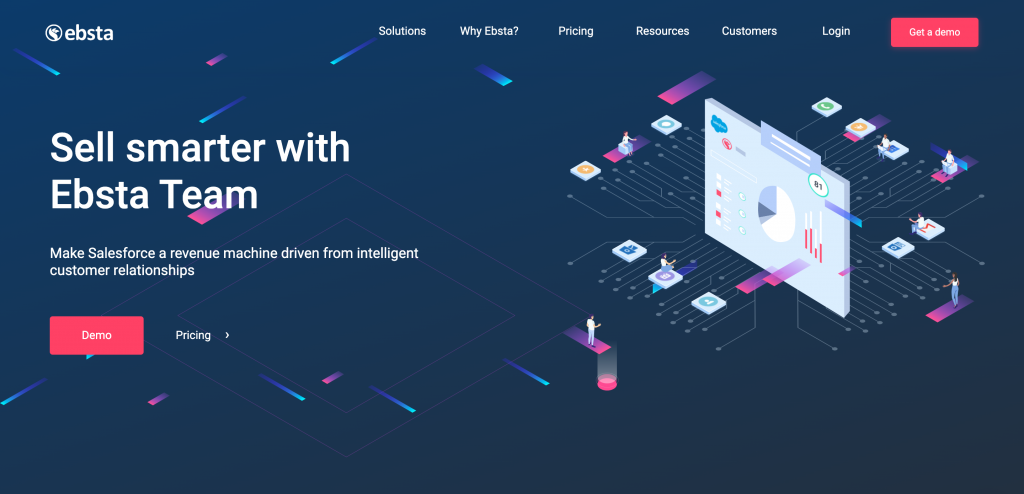Table of Contents
Share this article
Learn from the brightest minds how to predictably and efficiently grow revenue.
Related Content
Bringing Revenue Intelligence to Salesforce
Have you ever tried to build furniture without the instructions? You can follow your gut and may end up with a completed project – but there will always be a few screws left over. Your sales team can feel like that too. Their CRM may show them the parts – but without the data and…
See how forecast submissions have changed with Ebsta Waterfall
Waterfall Chart shows how your team's commit and upside forecasts have changed, and more importantly - understand which opportunities drove this change.
The Ultimate Forecast Submission Tool for Managers
New view for managers to review their teams pipeline, inspect their opportunities and change the forecast status.
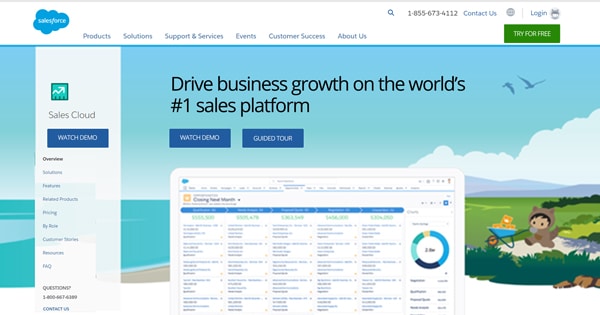
Forecasting: Salesforce Forecasting Tools & Techniques
Sales forecasting is a technique used by businesses to predict expected sales revenue. With the use of a company’s history and various other types of data, an estimated sales revenue over a defined period of time (monthly, quarterly, semi-annually, or a fiscal year) can be determined with Salesforce forecasting tools. The projection is often based on future business projects, successful sales, and anticipated payment dates.
Sales forecasting can help you plan for the future in many ways including inventory management, hiring, logistics, and production improvement. Businesses with long deal cycles and payments that trickle in over an extended period of time often must rely on sales forecasts to accurately determine success for jobs already completed or in progress. Additionally, projection can help monitor sales performance to set new goals.
Table of Contents
5 Reasons to Use Sales Forecasting Tools
Forecasts are only useful if they’re accurate. Sales forecasting tools can help you create a more accurate forecast with templates that simplify data analysis. Additionally, some tools automatically import historical data, allow collaboration, and even track errors to offer new forecast methods. Consider these 5 reasons to add sales forecasting tools to your existing software.
- The provided sales forecasting templates can produce sales forecast reports based on your company’s sales history and algorithms that simulate market conditions.
- Quality forecast tools are compatible with existing software allowing you to import personal historical data and export the results to Excel.
- You have the ability to quickly access an overview of sales forecasts from your tool’s dashboard.
- Salesforce forecasting tools can track the accuracy of your forecasts, compare sales to expectations and industry benchmarks, and allow you to modify factors for more accurate predictions.
- The ability to collaborate with other users on sales forecasts.
Ultimately, sales forecasting tools save time, money, and remove the bias that human opinion adds to a sales forecast. Automated predictions eliminate the need for hours spent manually inserting forecast variables. Quick access to a real-time overview can also allow you to spot potential problems and make changes before the end of a sales period. The end result is better accuracy with less labor and a streamlined sales process.
What are the Best Sales Forecasting Tools?
Like most aspects of business, technology has improved the way companies track and forecast sales. Instead of manually tracking your company’s multiple sales accounts over a series of spreadsheets, forecasting tools automate the process to automatically produce an estimated prediction. Hours of manually inserting data can be eliminated with more accurate results. This software can estimate expected revenue, compare sales with predictions, and suggest forecast methods to improve every aspect of sales operations.
Using Salesforce Forecasting Tools
Salesforce forecasting tools can be used to determine estimated sales revenue over a defined period of time (monthly, quarterly, semi-annually, or a fiscal year). The projection is often based on future business projects, successful sales, and anticipated payment dates. Some criteria that might be included in the forecasting process include:
- Trends – Trends that affect your products can increase or decrease the likelihood of your potential sales. Even trends that make complimenting products popular can bring in more sales.
- Competition – Unfortunately, the actions of your competitors have a direct effect on your sales. When your competitors drop prices, enhance products, or even go out of business, your sales forecast will likely change.
- Future payments – When a sale is complete, but the customer will be making payments over a period of months, your forecast should reflect the anticipated revenue.
- History of successful sales – Determining future sales relies heavily on the sales your sales team has made in the past. Determining the most successful leads is often made possible by the use of historical data.
- Pipeline sales – Sales that are at any point during the sales funnel before closing, should have a big impact on your sales forecast. For instance, sales that are at the early engagement stage should be weighted lighter than sales that are nearing closing.
- Economy changes – A strong or weak economy has a direct impact on sales in virtually every industry. Additionally, fears of a recession can be enough to slow sales in most industries.
- Regulatory changes – If your products or services face new regulatory changes you might experience a boom or reluctance to buy from consumers.
- Changes in material costs – Materials obviously have a direct impact on your prices. If the costs of your materials rise and you don’t alter your prices, your business will lose money.
- Marketing efforts – Successful marketing techniques can dramatically improve your sales rates. As your marketing techniques show improved sales, forecasting tools can help you make real-time adjustments.
- Seasonality – If you have a seasonal product, the related time period forecast should reflect those additional sales.
Where to Find Dependable Salesforce Forecasting Tools
A tool is only useful if it actually makes your job easier. Tools that are difficult to use, time-consuming, or aren’t compatible with existing software can be more trouble than they’re worth. It’s important to use dependable forecasting tools that have already been proven in the market to avoid wasted expenses.
The easiest way to learn about Salesforce and discover forecasting tools is a visit to the website. An extensive list of products is available with detailed overviews and demos available for each tool. Many existing apps and software solutions are easily integrated with Salesforce tools. Since Salesforce is so widely used across virtually all industries, related tools are always growing and changing. The Salesforce App Exchange offers over 5,000 ways to extend Salesforce.
Top 5 Salesforce Forecasting Tools
While there are many to choose from, the following tools provide features that take the work out of sales forecasting, increase accuracy in your forecasts, and set future goals. Combining Salesforce
tools can help strengthen your sales strategies and forecasts.
1. Sales Cloud
The sales forecasting features in Sales Cloud provides a real-time view of your entire team’s forecast. Easily view your entire pipeline to repair errors before they affect your sales term. Use collaborative forecasting tools to make quick updates that lead to more accurate predictions. Follow every sales rep on real-time leaderboards to reward performance and set higher goals. Overlay splits allow you to tailor the software to the most complex sales organization for custom made templates that work for your business.
2. AppExchange
While the AppExchange isn’t technically a Salesforce tool, it offers thousands of ways to enhance your Salesforce experience. Apps are created to help you improve and tailor the use of Salesforce for your business. Salesforce Labs is a section within the AppExchange that offers free apps created by Salesforce employees. The AppExchange offers free and paid apps within every category related to sales. With thousands to choose from, there’s literally something for every business in the AppExchange.
3. Einstein Analytics
Bring all your data together on one screen for a unified experience that tells the complete sales story with Einstein Analytics. This tool can be tailored to your business for a step by step process from discovery to active solutions. Multiple users can view data on a single screen to learn what happened, why it happened, and what will happen next. Follow-up is easy with shared dashboards, Chatter for collaboration, and the ability to immediately update records. You can even use customizable templates and AI models to test various solutions for any issue.
4. Mulesoft
While MuleSoft isn’t technically a forecasting tool, the software seamlessly connects your business ecosystem. Connect platforms, apps, and software whether it’s Salesforce or not so all of your systems can provide a unified platform for accurate results. Integration allows all teams within a business to work faster with better results and fewer mistakes.
5. Ebsta Team
Ebsta’s Team product enables you to collect data about the communication between your sales reps and their prospects true engagement.
It then presents this data within Salesforce to allow sales operations and sales managers to make actionable decisions on a sales forecast based on true engagement.
For example, there is a large deal that a sales rep says is due to close this quarter, but their engagement data from emails, calls and calendar invites says that there is low engagement
Ebsta Improves the Salesforce Experience
Ebsta enhances the Salesforce experience with the ability to seamlessly integrate emails, calls, and calendars with Salesforce to capture a 360-degree view of activity with every customer. At Ebsta, we believe that relationships drive revenue, and we strive to help businesses grow with a more personalized customer experience.
While a 100% accurate business forecast is impossible to achieve, Salesforce tools bring your business closer to success. Gathering the power of all of these tools together increases the efficiency and accuracy of forecasting techniques. Request a demo to learn more about the ways you can improve sales operations within your business.

